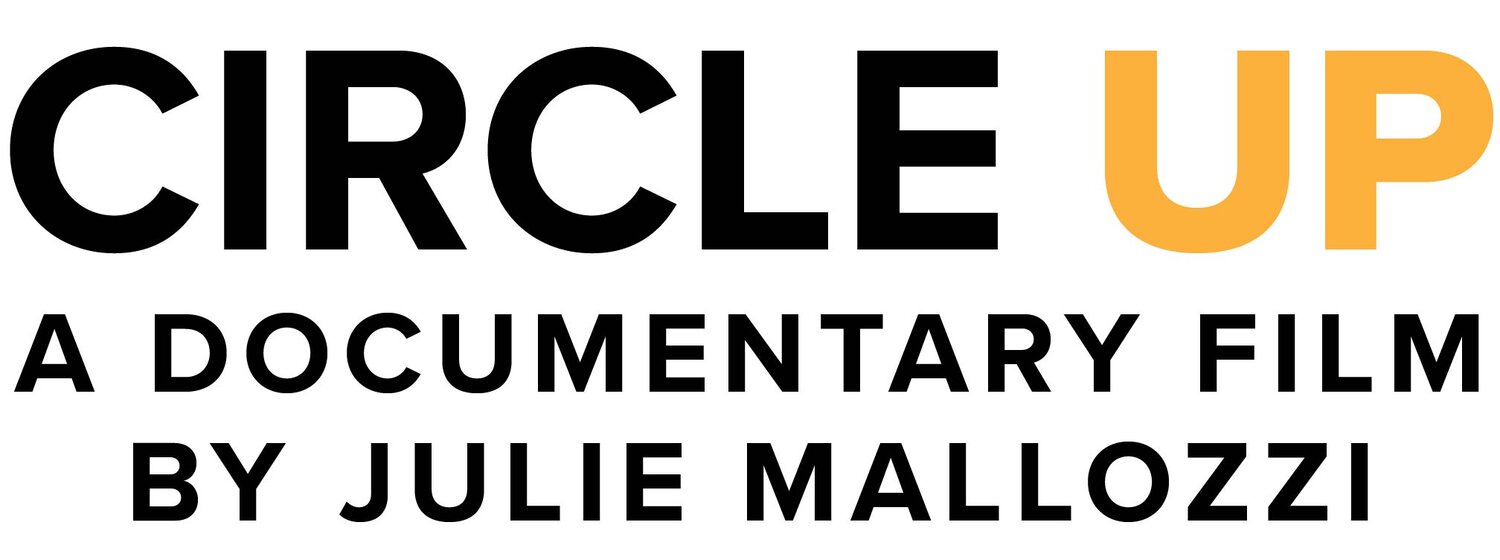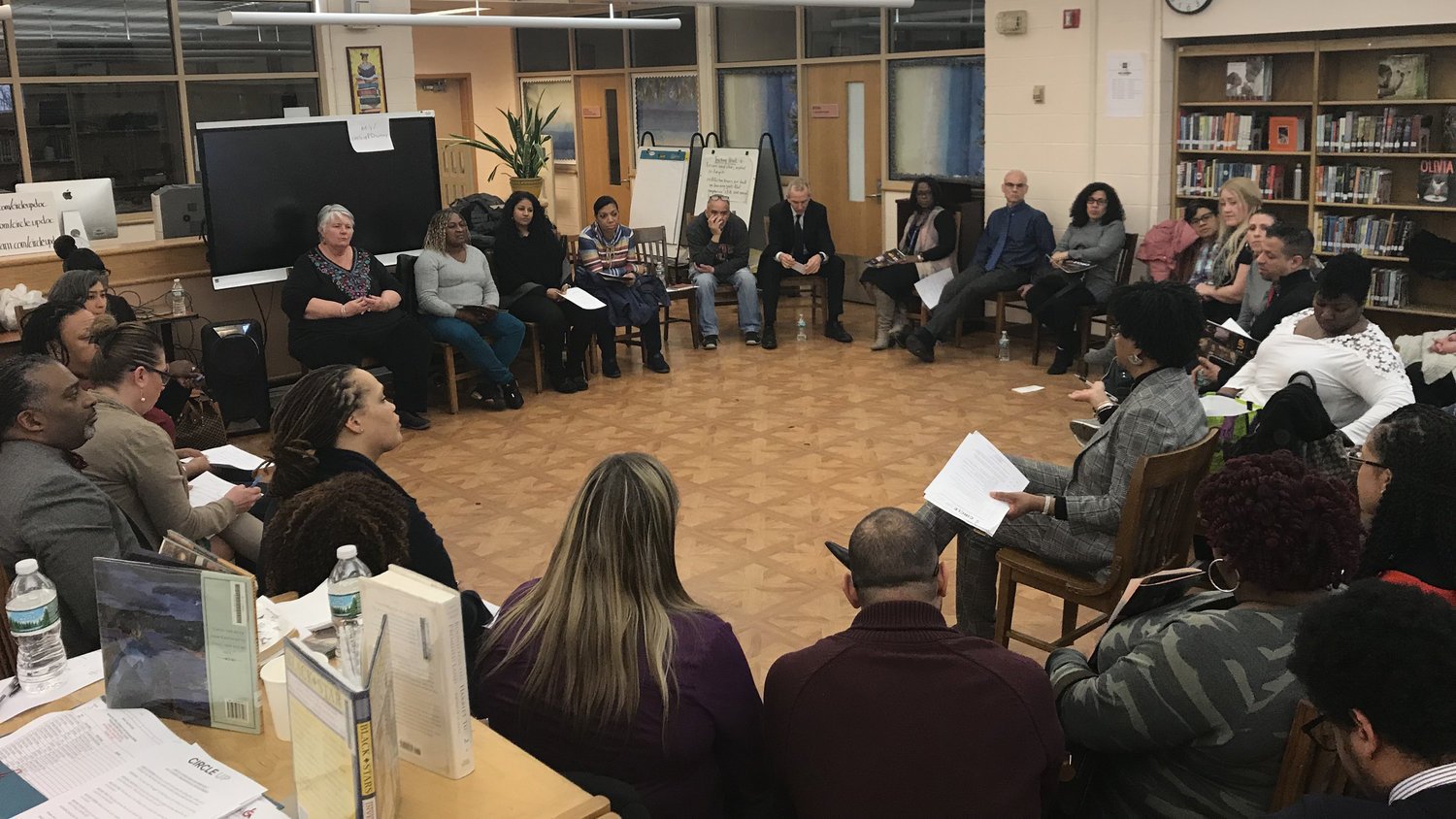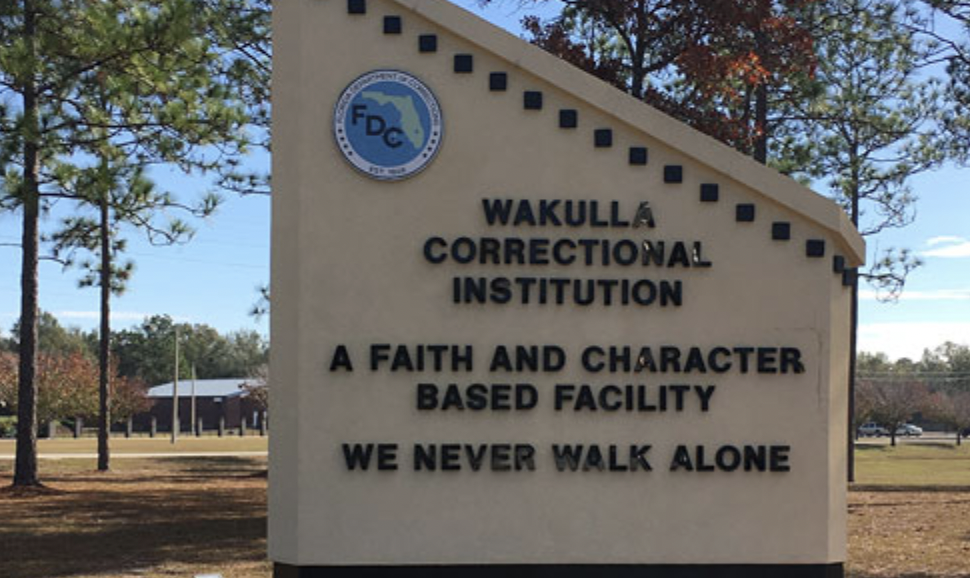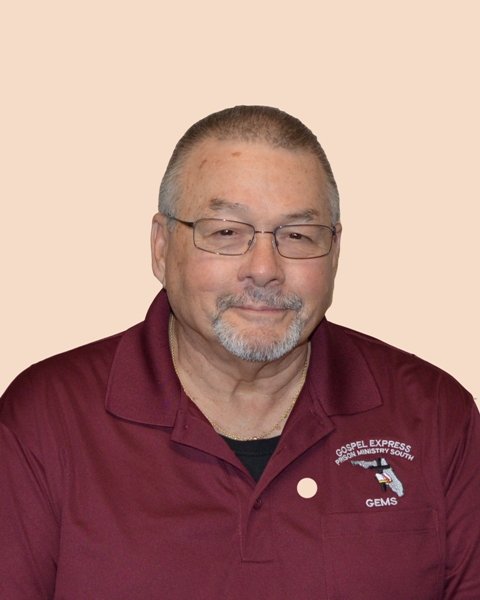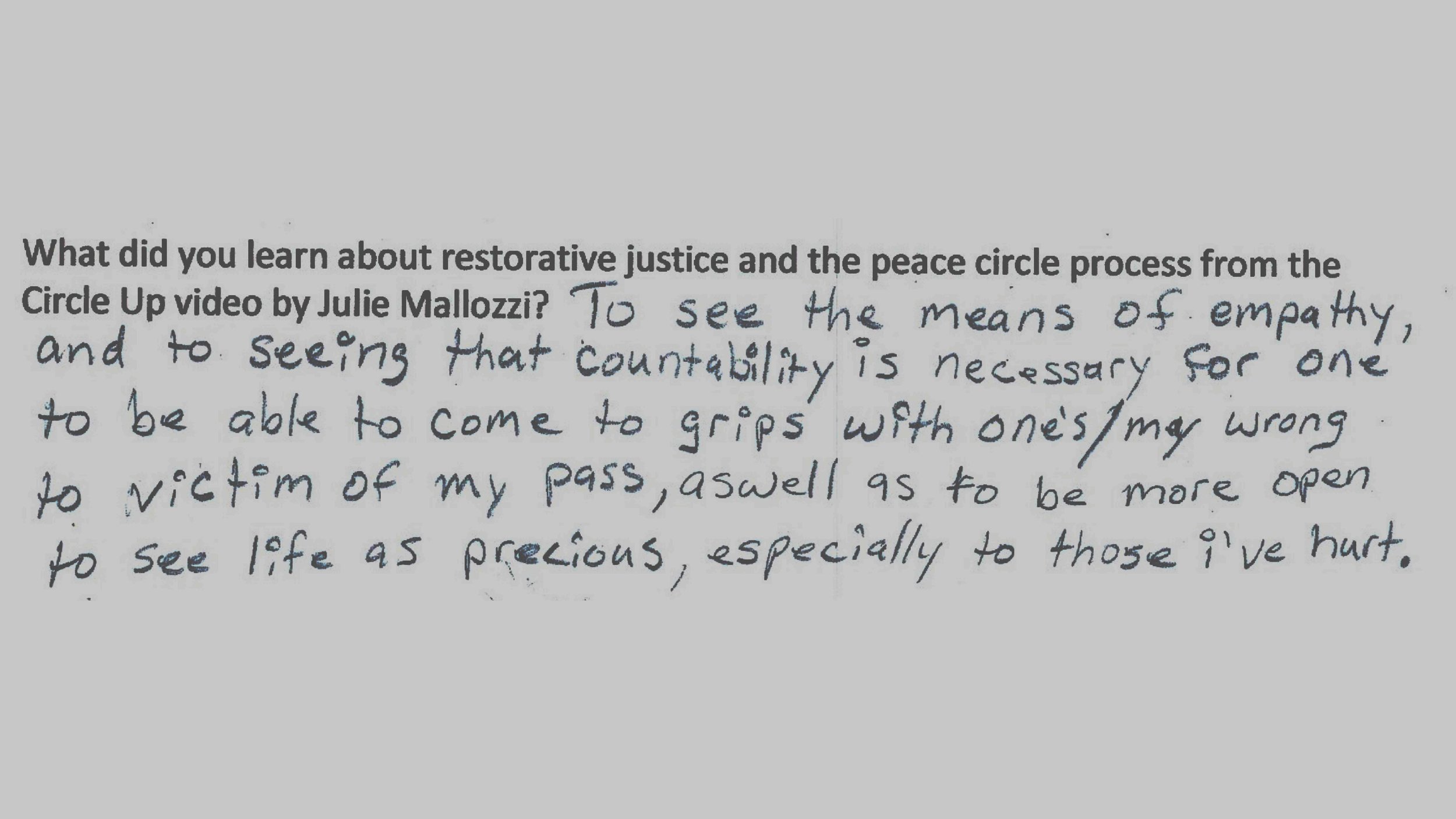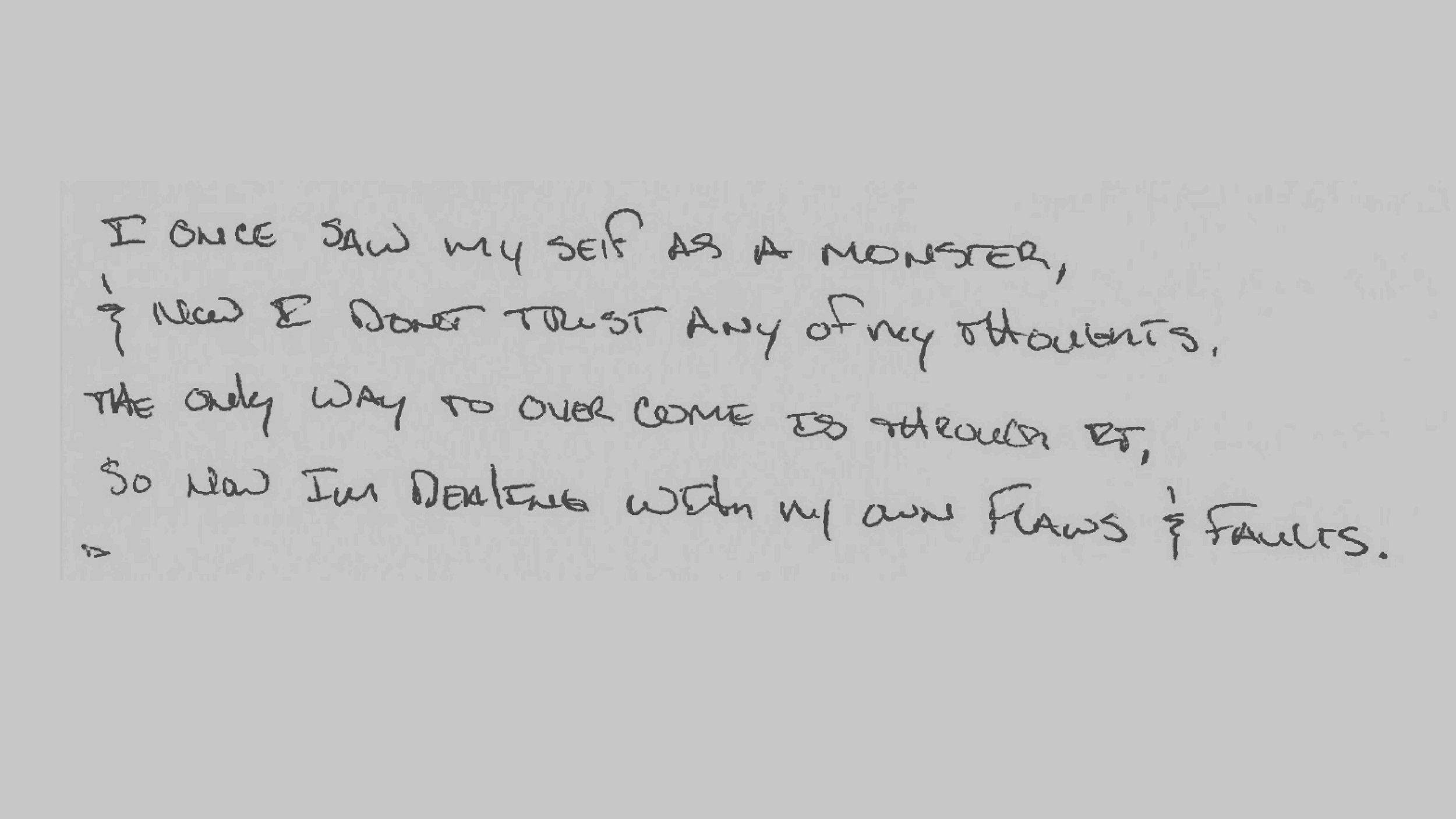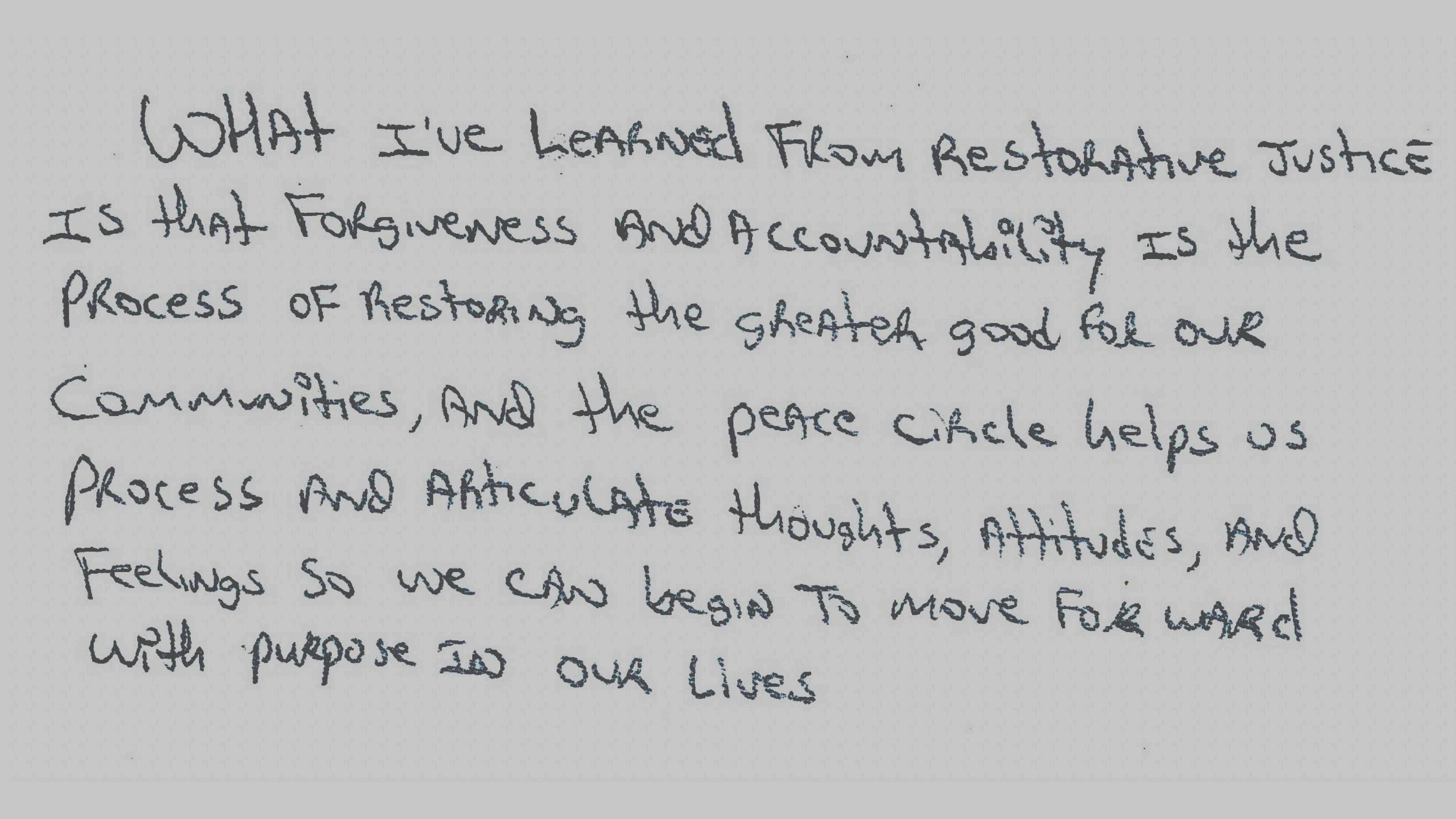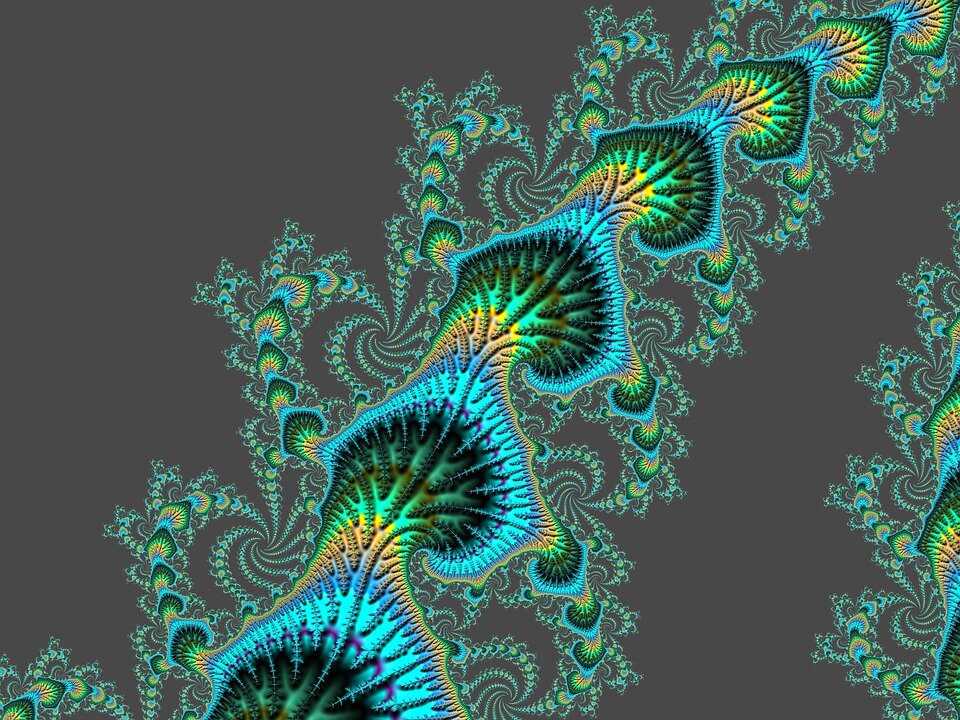On November 7, I coordinated a professional development at William E. Grady Career and Technical Education High School in Brooklyn, bringing Janet Connors and Clarissa Turner from CIRCLE UP to speak about their experiences as survivors of homicide victims.
Eighty-five teaching staff watched the film the day before, then convened with us over Zoom. After a brief Q&A we divided into several small “circles” facilitated by Janet, Clarissa, and me along with two staff members trained in restorative justice. It was a moving experience for all – and an opportunity for the school to deepen its restorative justice work with its students, many of them facing challenges in their lives.
This opportunity grew out of a large in-person training we did with principals, social workers, and restorative justice coordinators from 20 New York City schools in 2019 (pictured above).
